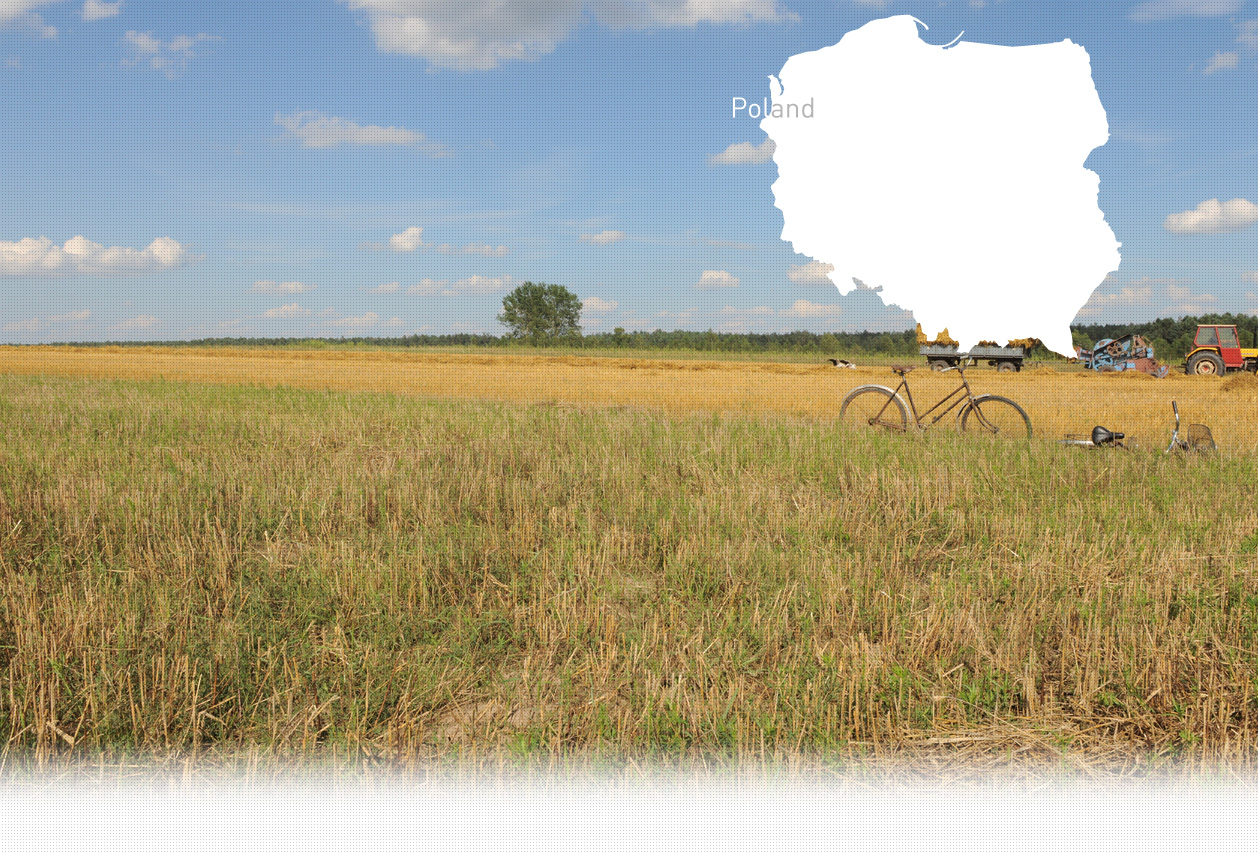

1 Killing site(s)
Michał K., born in 1933: “Before the war, there were Poles and Jews living in Radoszyce. Jews were quite numerous. They had a synagogue, multiple shops and workshops. I remember some of my Jewish neighbors: Hersh, Bejchu, Jankiel. The latter was a merchant. There was even a Jewish Vogt named Rutkowski. He had a daughter named Hanna, a young woman of about 30 years old who was shot by the Germans during the occupation. When the war broke out, the Germans created a ghetto in town. It was not fenced in, but the Jews wouldn’t go out of it, they were scared of being killed. I remember stealing food from home and giving it to the Jews in the ghetto. They were starving in there. Once the Jews were taken to Końskie, all their belongings were assembled by the Germans and sold during an auction organized at the marketplace. My family bought a wooden closet that had belonged to a Jewish family.” (Witness N°1339P, interviewed in Radoszyce, on August 18, 2022)
“Ghetto created in March 1942, liquidated on 3.11.1943; 2300 Jews in the ghetto, forced to work (public works); when the ghetto was liquidated, the Jews were taken to the Konskie ghetto.” [Summary taken from the Court Inquiries about executions and mass graves in districts, provinces, camps and ghettos (Ankieta Sadow Grodzkich) RG-15.019M Reel #15 part 4 page 122/326]
Radoszyce is a town in Końskie County, Świętokrzyskie Voivodeship, in southcentral Poland (historic province of Lesser Poland). It is the seat of the gmina (administrative district) called Gmina Radoszyce. It lies approximately 19 km (12 mi) southwest of Końskie and 33 km (21 mi) northwest of the regional capital Kielce. In the first half of the 16th century, Jewish settlers began to establish themselves in Radoszyce. By the 18th century, the Hasidic Jewish community had become the prevailing Jewish group in the area. By 1925, the Jewish religious community of Radoszyce boasted two synagogues and four houses of prayer, accommodating a total of 1,600 individuals. Over time, the community expanded, and its number grew to 1,846. Jews were mainly merchants (mill and metal workshop owners, carbonated water factory owners, silk material traders, poultry sellers, food and alcohol sellers, paint sellers…) and craftsmen (cap makers, shoemakers, carpenters, blacksmiths, tailors, kosher butchers). There were 3,200 Jews living in the village on the eve of war in 1939.
Radoszyce was heavily bombed by the Luftwaffe at the start of the September Campaign, causing most Jews to flee. Soon after the bombings, the Germans entered the town. They established a small German Gendarmerie unit office in, and in June 1940, established the Judenrat (Jewish Council). Soon after, Jews were subjected to forced labor, mainly as forest workers or craftsmen and on public works. 200 Jewish workers were sent from Radoszyce to Distrikt Lublin. The influx of refugees and deportees into Radoszyce increased the number of the Jewish population in town up to 2,200. Between November 1940 and June 1941, about 700 refugees from the Warthegau region and the Warsaw region were brought to Radoszyce. Although by the end of May 1941 there was no official ghetto area in town, it is almost certain that the latter was informally established by the gradual relocation of Jews over an extended period of time, to be fully established by December 10, 1941. This designated area included Kościuszki, Ogrodowa, Karola, and Kościelna streets. The ghetto was not fenced-in in 1941, and circa. 2,400 Jews lived in the ghetto; only 529 of them were locals. On January 11, 1942, the Jewish Police (Judischer Ordungsdienst) was created at the request of the German authorities to maintain order in the ghetto. In April 1942, Jewish individuals from Mnin (200 people), Nieborów (200), and Stąporkowo (400), as well as from nearby Pijanów (with a Jewish population of 250), Duraczów and Ruda Maleniecka (250), were forcibly relocated to Radoszyce. Later that same year, in August, Jews from Miedzierza (20) were also transferred to the ghetto, increasing the number of Jews up to 4,000. Many Jews from Radoszyce were assigned to work in industrial plants located in Skarżysko-Kamienna. Starting from August 1942, the inmates of the Radoszyce ghetto were transported to Końskie. The main deportation took place on November 3, 1943, when circa. 4,000 Jews from the ghetto were escorted to the train station in Końskie. The first deportation of Jews from the Końskie ghetto, including those from Radoszyce, to Treblinka extermination camp also took place that same day. During the Aktion in Końskie, the German police shot almost 600 Jews. A number of Jews who managed to hide and avoid the deportation were successively hunted down and shot in Radoszyce in March 1943.
Do you have additional information regarding a village that you would like to share with Yahad ?
Please contact us at contact@yahadinunum.org
or by calling Yahad – In Unum at +33 (0) 1 53 20 13 17